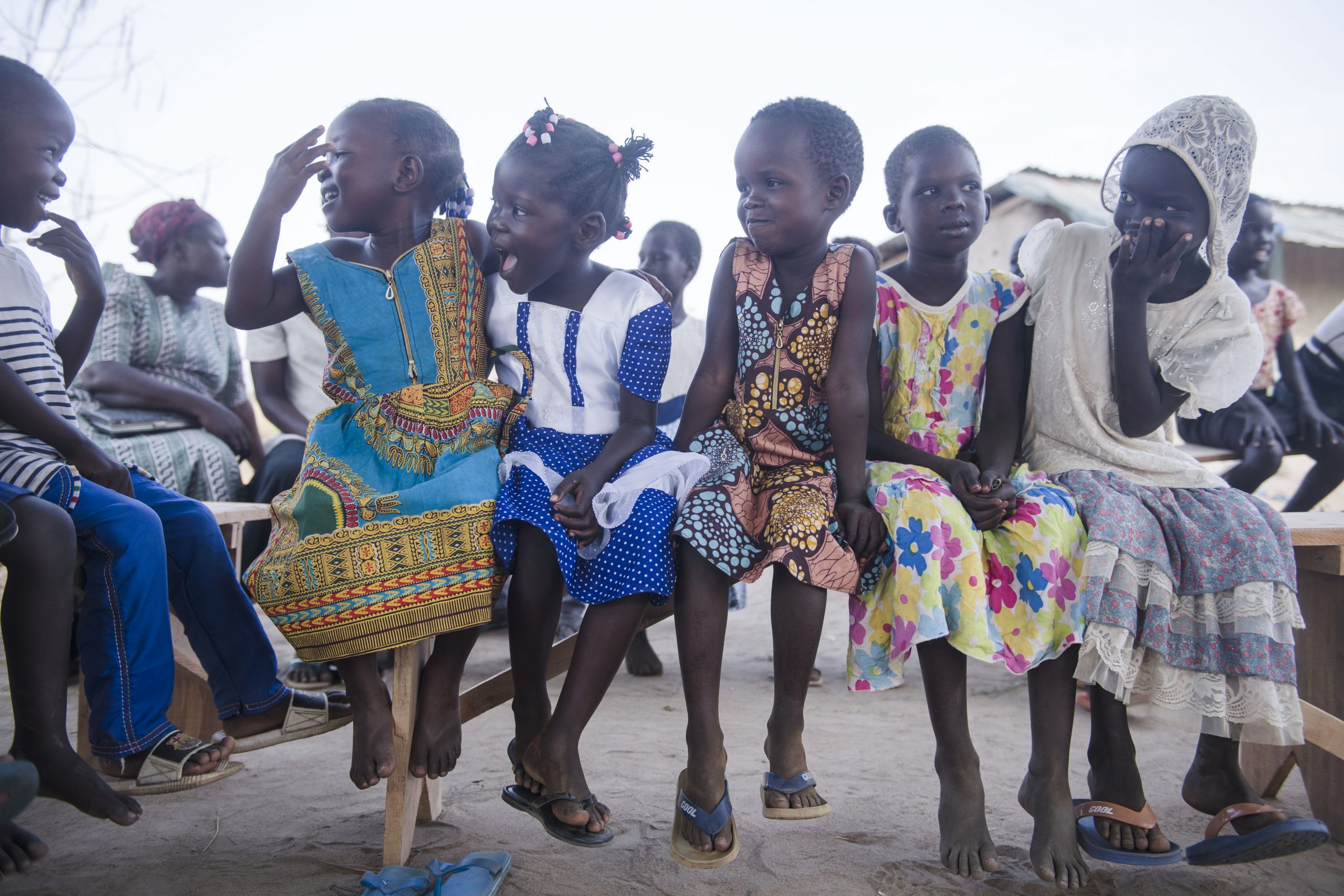

Armed conflict on the continent is significantly reduced.In many instances, armed conflict, disaster and other emergencies give rise to internal displacement and the flow of refugees across borders. Despite their precarious position, children are often overlooked in States’ disaster-management and response. Other disasters or emergency situations, such as natural disasters, including the effects of climate change, and epidemics, such as Ebola, often have a disproportionately negative impact on children. Under article 22 of the African Children’s Charter, States must ensure that no child directly takes part in armed conflict, and that no child is recruited into armed groups and forces.This aspiration is in line with the AU’s campaign to ‘silence the guns’ in Africa, and the commitment by AU member States to end all wars on the continent by 2020. There is a very strong correlation between conflict and children’s rights. Children living in situations of armed conflict and instability experience severe human rights violations.

Children suffer disproportionately from the effects of war.They bear the brunt of the conflict, risking their lives, losing their homes, being separated from their families, and being exposed to sexual violence, mines, unexploded ordnances and improvised explosive devices and recruitment to armed groups.While there has in recent times been some reduction in armed conflict on the continent, the situation remains volatile.

The past 25 years have been riddled with wars on the continent, often involving child soldiers, and always adversely affecting the rights and wellbeing of children.


 0 kommentar(er)
0 kommentar(er)
